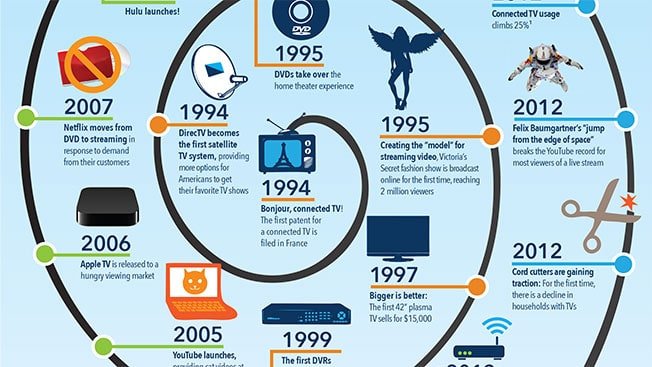The Australian government recognised a shift in technological and consumer trends when it came to communication. Television viewership wasn’t only being done through the analogue channel, but had been shifting to digital channels for over a decade. The Australian government recognised this and pushed forward with the switch from analogue to digital. Since then, the channels have moved and new channels have also been added. This was done in a bid to keep up with the latest technologies and potential future trends from web services, mobile broadband services (2G, 3G & 4G), smart phones, tablets and other smart devices as well as to provide better and faster services. Over 1476 digital services were changed over 476 sites and over 20 million television viewers needed to retune. You can see more information from the Australian Government’s Department of Communications as they shared their story behind the retune.
In order for television viewers to fully benefit from the transition, they should adopt the following.
Ensure that your antenna can provide you with a clean reception signal.
Pixelation and distortion in your televisions reception is often blamed on the weather, when in actual fact, it is the due to the antenna that is being used. The transition to digital is great. However, the downside is when the signal strength falls below a certain threshold, the sound will disappear and the pictures will start to pixelate. Unlike the white snow that would appear on the screen with analogue, digital either gets reception or it doesn’t. In order for your digital reception to work, you need a signal that is clean. Common antenna issues that lead to poor reception include:
Broken antennas
Check to see if your antenna is still in good working order. It is possible that it may have been damaged by the weather or by animals. Or the antenna may have deteriorated over time from jacket’s of the cable wearing away, allowing water and other contaminants to degrade your antenna and signal.
Multiple antennas pointing in multiple directions.
Some television owners receive multiple signals from different antennas thinking that it will solve the reception problem across all channels. The fact is that multiple antennas may be adversely affecting the clarity of your television channels reception.
Be aware of your location.
The Australian government has done their best to provide strong television signal services across Australia, however some areas may experience weaker signals than others. This could be caused by interferences from local buildings, mountains and weather. To find out more information about how you can improve the signal reception from your antenna, speak to TV antenna installation specialists from Melbourne.
Make sure you have good cables.
The aerial cable that is running from your television or your set top box, wall socket and up to the aerial needs to be transmitting the signal successfully. It is worth investing in cables that will block out interference and to ensure that the cables can be inserted firmly. This can be achieved with screw-in F connectors.
Check your home for internal interference.
Most homes use wireless Internet or Bluetooth connections. These could also be contributing to signal interference in your home. Check computers, modems, cordless phones and power adaptors whose frequency could be disrupting your television signal.
Be cautious with using splitters.
Splitters are great for sending your antenna’s signal to several devices, however it will weaken the signal strength. If you are currently using this and experiencing distortion with your reception, then it is possible that the splitter could be causing issues.
Be sure that you are using amplifiers correctly.
Many TV owners make the mistake of purchasing amplifiers to improve their television reception. Quite often, the signal strength is sufficient, so amplifying the signal isn’t the problem. Instead, it is the antenna location or other factors that distort your signal reception.
The age of digital television is exciting, however it has presented a new problem that needs to be managed. Where people could get away with poor reception before with analogue, the digital reception completely changes the experience. If you notice signal issues with your digital reception, get in touch with a specialist who can help you.


